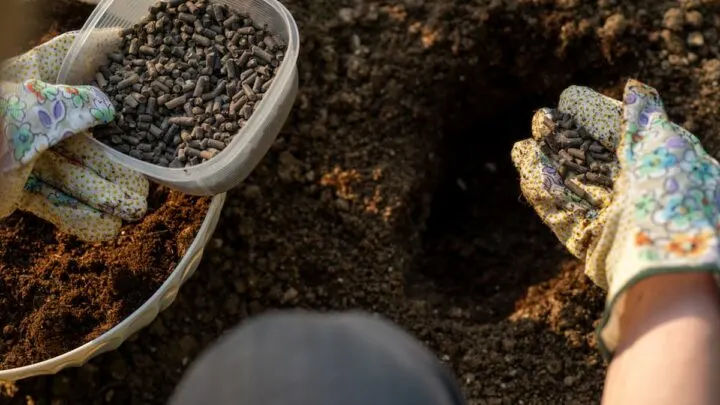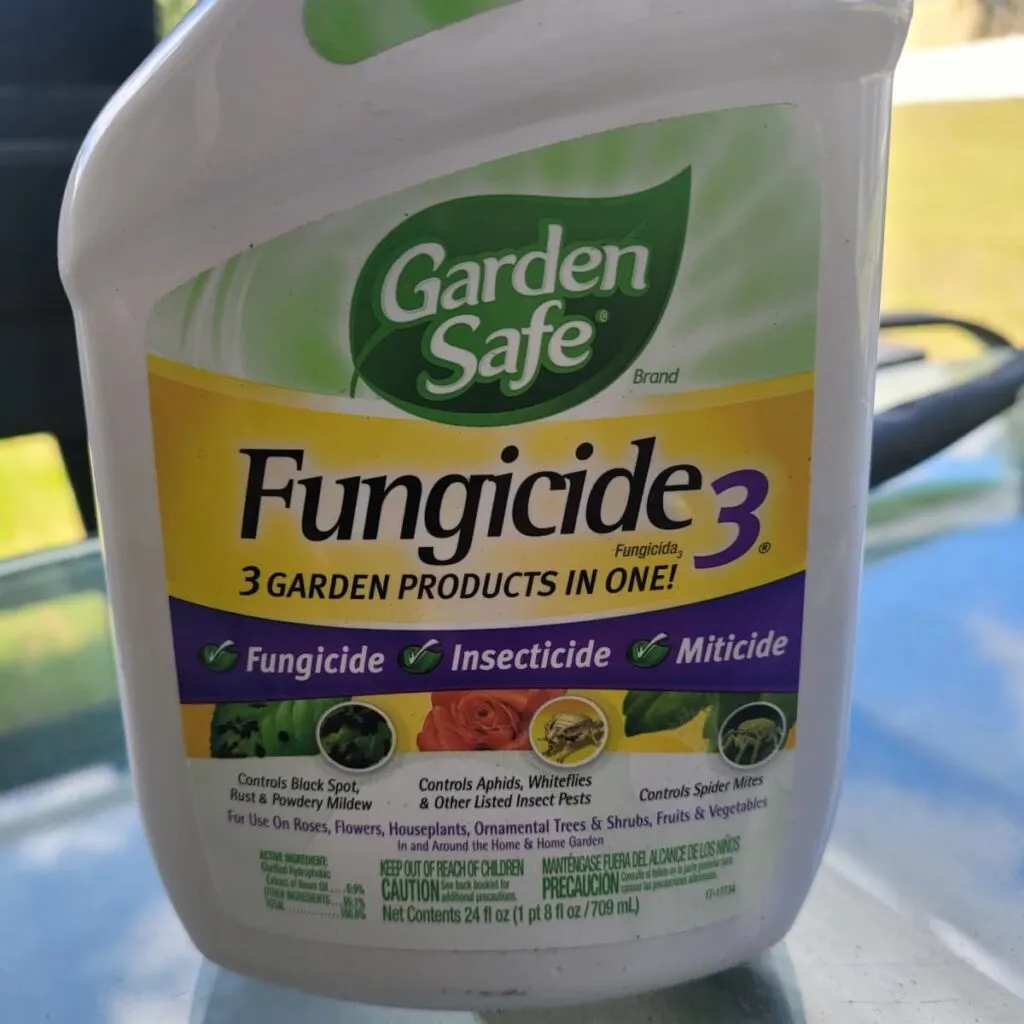Maintaining a lawn and garden can be hard work. It can be a lot of work and time to get everything in tip-top shape between fertilizing and treating diseases and pests. Especially during the hot summer months, you might wonder if there’s any safe way you can combine treatments to save time and effort. This leads us to ask: can you mix NPK with fungicide?
You can generally mix fungicide and NPK fertilizer to treat your plant. There are some exceptions as to what can and cannot be mixed together for maximum efficacy of the products, though using NPK fertilizer and fungicide is quite effective.
Continue reading to learn more about these treatments’ effects on your plant and some other effective ways to treat your plants.

How to combine NPK with fungicide
Combining NPK with fungicide is often done for widespread areas such as agricultural lands and lawns. This is done to cut down on time and money when used on a large scale and can be very effective when done correctly.
Studies have shown that using an NPK foliar fertilizer can improve disease resistance and growth, all of which are of utmost importance when growing crops that are often susceptible to diseases such as downy mildew and fruit rot diseases.
For people whose primary concern is knocking out two birds with one stone to fertilize and treat their lawn for fungicides, the best combination is to use a granular fungicide and a granular fertilizer. Both of these will need water to be activated and can be applied together across a yard using a lawn spreader. Water your lawn after this application to activate both of your treatments.

Pairings that should be avoided are liquid fungicides with granular fertilizers. This is because liquid fungicides will begin to seep into the soil after you water your lawn, which can deem them ineffective. Applying a liquid fertilizer without watering afterward can also lead to burnt, unattractive growth, which will have to be addressed.
A granular fungicide and liquid fertilizer can be applied in tandem since you will need water to activate the fungicide and disperse the fertilizer. Avoid mixing copper fungicides with any fertilizers.
Another critical piece to combining these two treatments is to follow your product’s label for proper dosages. Over or under-fertilizing can be just as, if not more detrimental to your plants than not using fertilizer at all.
The same goes for fungicide: misuse of the product can make resistance easier for the species of fungus you are trying to eradicate. A little bit of caution goes a long way in keeping your lawn and garden lush and vigorous.
Will fertilizer make fungus worse?
Fertilizing in the correct amounts with enough time between each application will not worsen fungal issues, but misuse of fertilizer can promote fungal growth in your lawn or plants.
It is vital to remember to follow application dosage and frequency when using any product, as these directions are based on how to get the most out of your treatment to keep your plants well-fed and healthy. Using improperly can lead to more issues than you began with, such as burnt or dead grass and foliage, which in itself can be a feat to overcome.
Equally as important is maintaining good conditions for your plants the best you can to discourage fungal growth and potential pest problems further. This means maintaining a hygienic lawn and garden by keeping dead foliage clear from the base of your plants, providing water and nutrients as needed, and always inspecting any new additions thoroughly for signs of pest activity and/or disease.

Can you mix neem oil with fertilizer?
Neem oil is a wonderful product derived from the neem tree, which has antifungal and antibacterial properties and is an effective treatment and preventative measure for pests. When used correctly, it is non-toxic to pollinators such as birds and bees, which cannot be said for most other chemical treatments that broadly kill organisms–both good and bad.
Neem oil can be mixed with liquid fertilizers and used as a foliar spray or a soil drench to effectively treat your plants for potential diseases or pests and give them the needed nutrition to stay healthy. Just take care to use both products as directed to avoid over-fertilizing.
Neem oil should not be used in excess either, as it can build up on the surface of the leaves and hinder transpiration and photosynthesis. Remember, too much of a good thing can be a bad thing.
When using most sprayed products on your plants, it is best to do this in the evening or early morning. Not only does this help prevent potential damage done to the foliage from the sun interacting with your spray product, but this also mitigates any remaining risk of the oil and/or NPK fertilizer being consumed by beneficial insects.
Additionally, if it is your first time using a treatment, it is important to consider doing a test patch to see how your plants or grass tolerates the product. This can be done by selecting a small spot on your lawn or plant to apply the product and waiting about 24 hours to see what happens. Any damage to that patch indicates improper dilution or a mix of products and should be re-adjusted before applying another test patch.
Neem oil shouldn’t cause foliage to burn as undiluted fertilizer would, but it is always better to be safe than sorry when dealing with your lawn and garden.
It is also worth it to note that even though using neem oil and fertilizer together can help to deter disease and pests, if you are actively dealing with an infestation of bugs or illness, you will need to reapply neem oil by itself a few times to get rid of the issue fully.
One tablespoon of neem oil can be diluted into 1 quart of water, mixed, and then put into a spray bottle. Only mix as much as you need and discard any leftover product. Repeat as needed every 4-7 days until your fungal or pest issue has completely gone away.
Final Thoughts
Mixing treatments to save time and/or money can be very useful and practical, while in other cases, it might be more beneficial to take it step-by-step to ensure you have a healthy lawn and garden.
Using granular NPK fertilizer and granular fungicide is a great way to save time and treat your lawn effectively. Using neem oil and liquid fertilizer is also an excellent combination to help your plants flourish while protecting them from nature’s not-so-great sides of diseases and opportunistic pests.
It is essential to follow your product’s label for the directions, whatever methods are used. Misuse of fertilizer, pesticides, and fungicides can lead to many more issues than you initially started with. Usually, these problems can be avoided by taking a bit of extra time in the beginning, to confirm appropriate dosages and application is used.

Hi there, my name is Allie and welcome to my blog; GareningWithAllie!
Much of what you see written here is just our personal experiences with gardening. Along with the content I write here, there is also a unique collection of gardening topics covered by some of our close friends. I hope you find everything you read here to be helpful, informative, and something that can make your gardening journey the most lovely experience ever! With that said, Happy Gardening!
